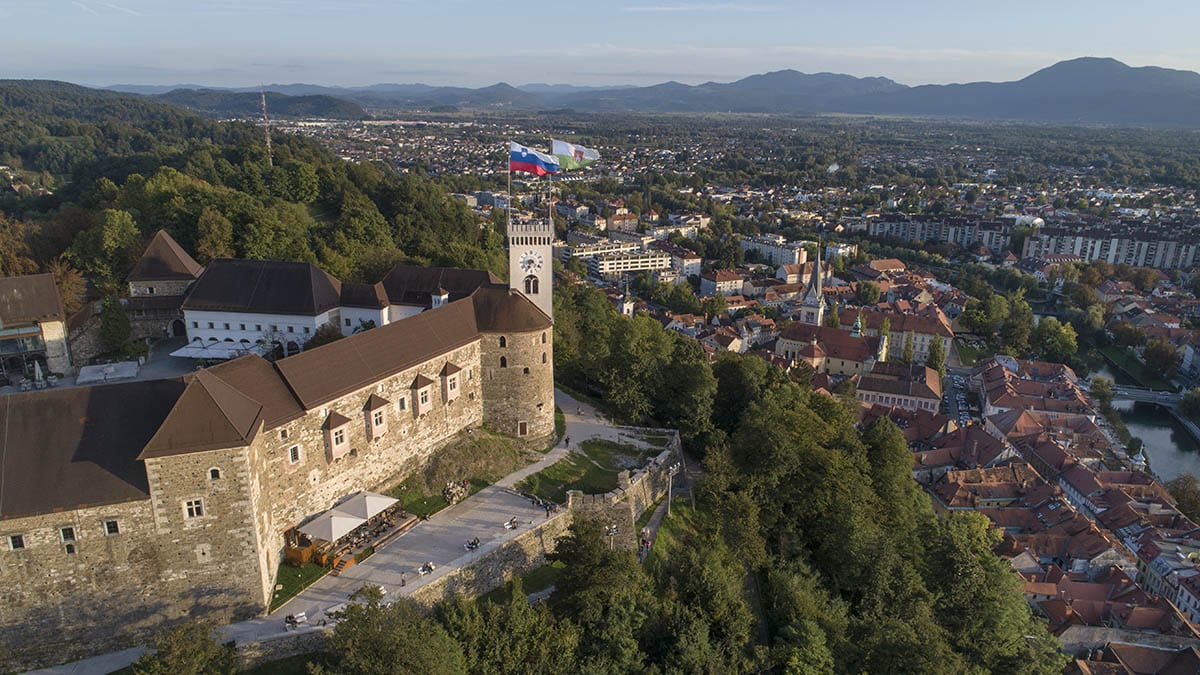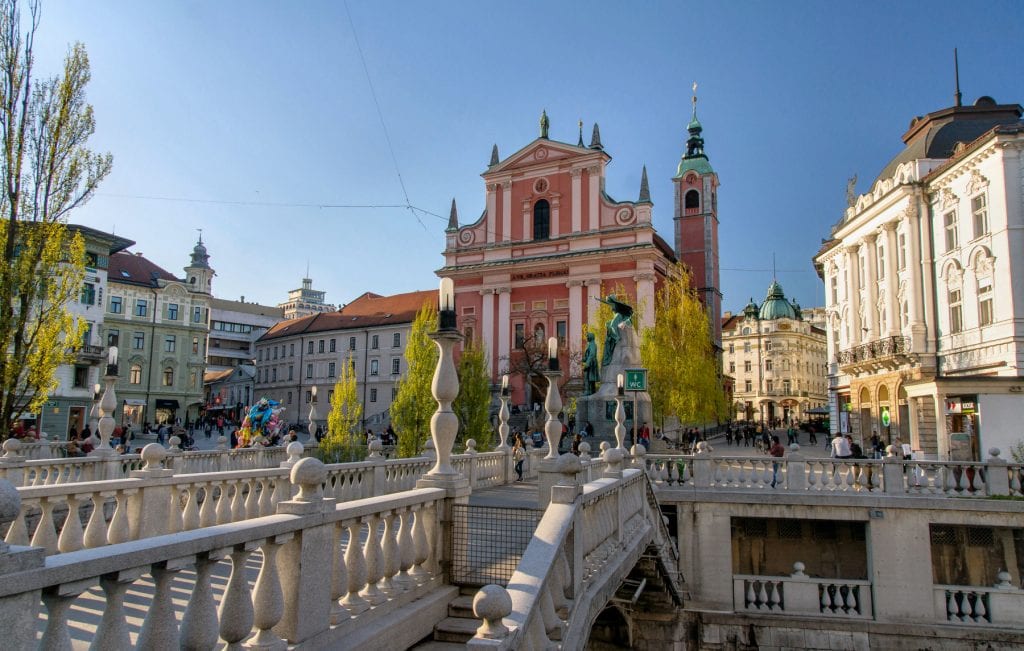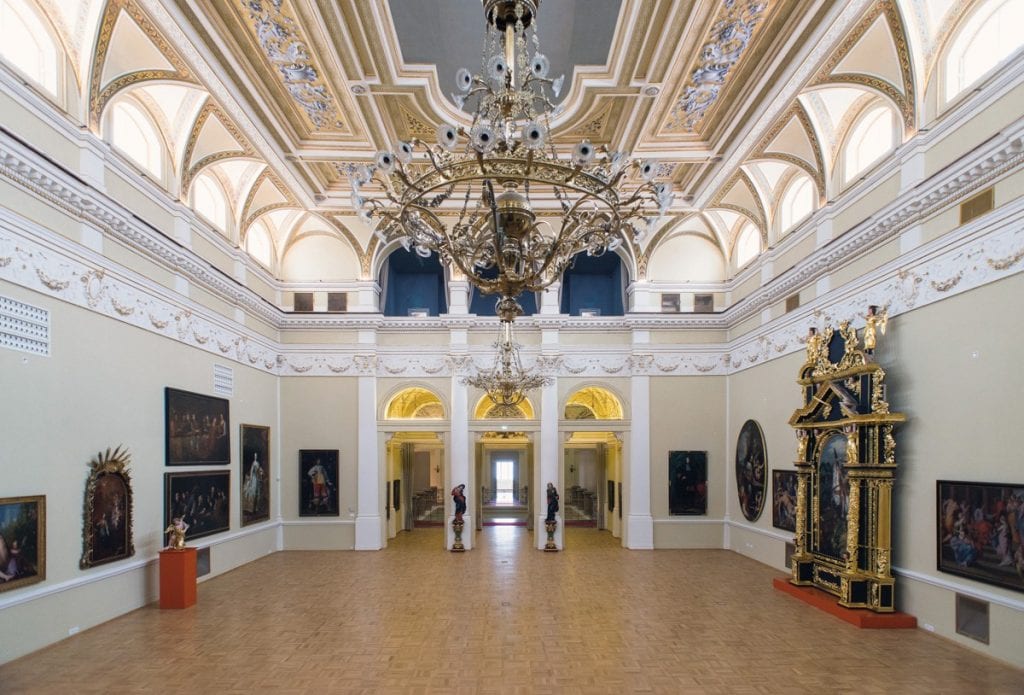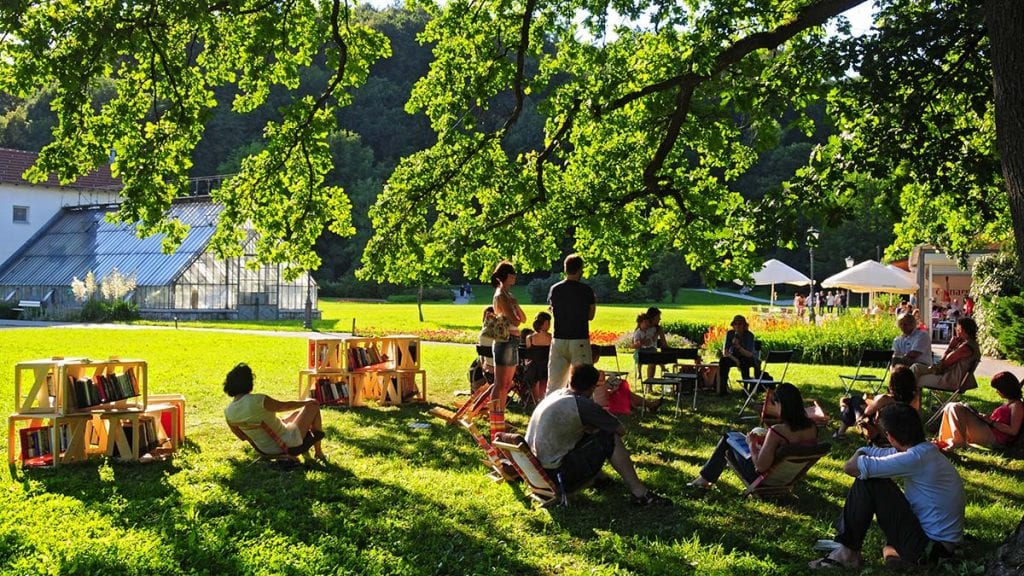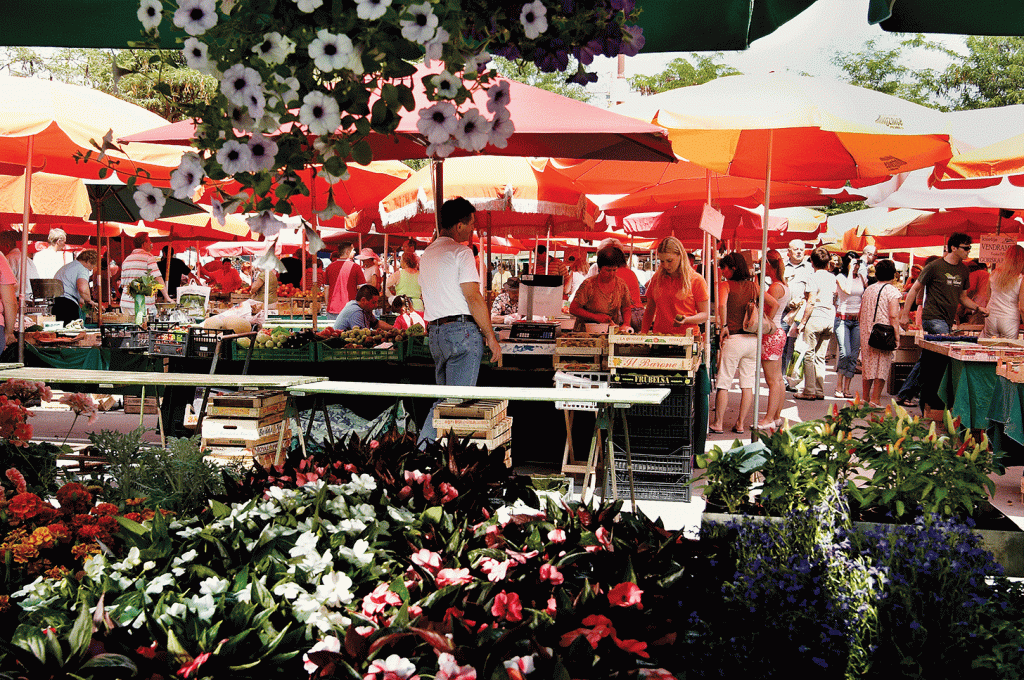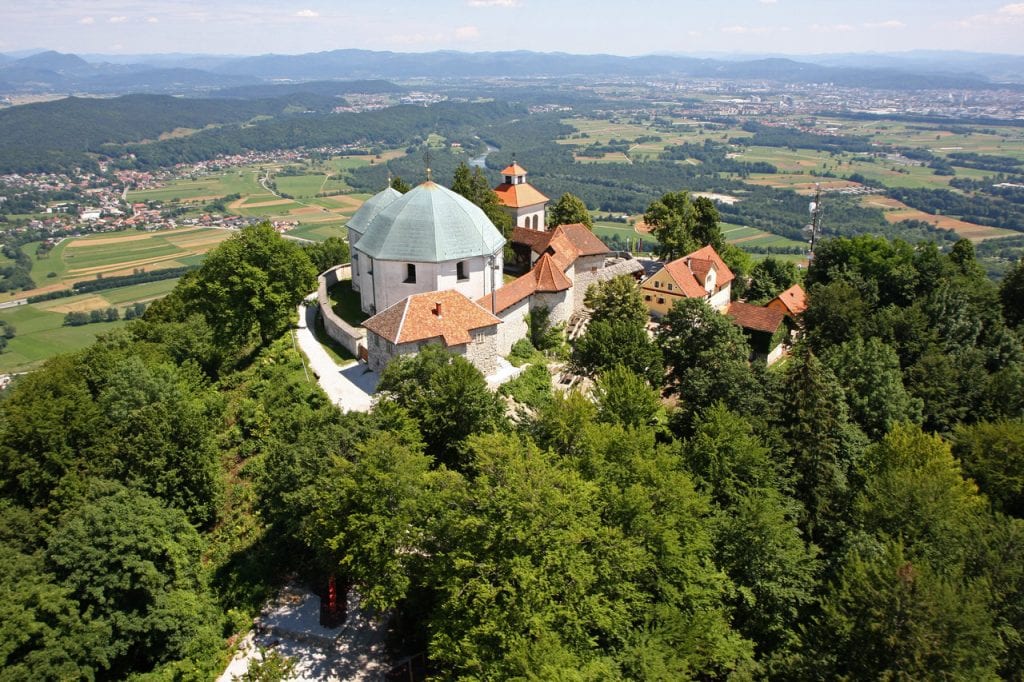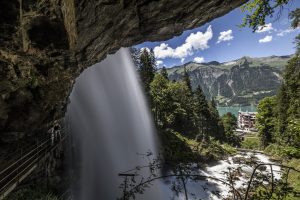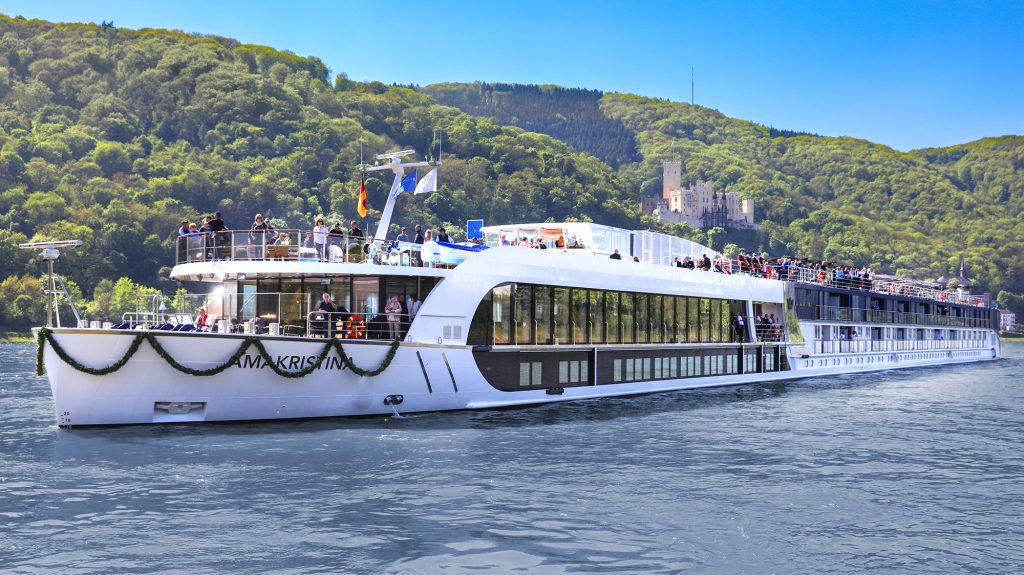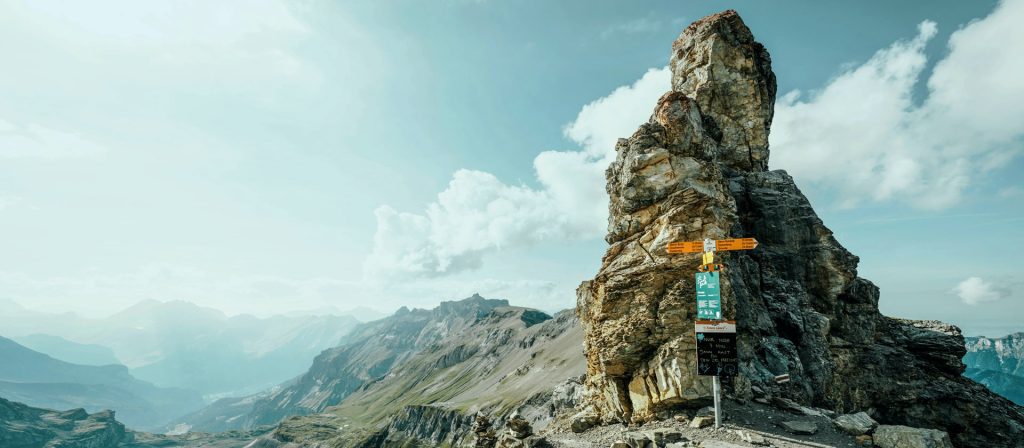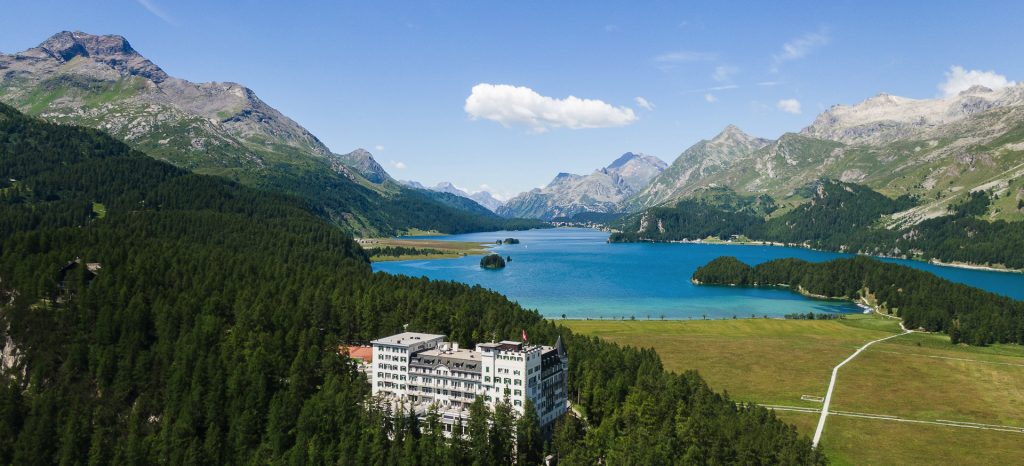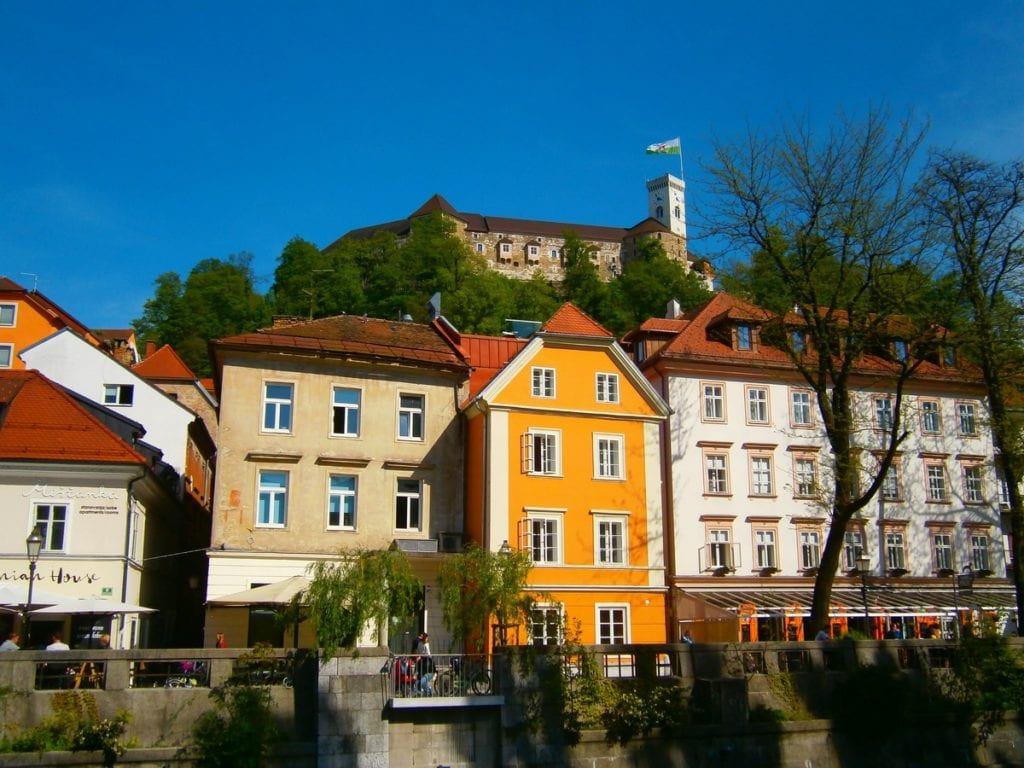
Next Stop: Ljubljana
Ljubljana is a compact capital city with a picture-perfect historic core and a lively, welcoming atmosphere characterised by endless enticing pavement cafés and a lively calendar of events. All the attractions are easy walking distance of each other and there’s even a hilltop castle with views over the distant Julian Alps.
Climate: Average temperatures range from 0℃ in January to 21℃ in July.
Don’t miss:
A cruise down the Ljubljanica River
Ljubljana’s river snakes through the centre of town and very quickly out into the countryside. Much of the city’s socialising is done along the banks of the river, at riverside restaurants, or simply walking and cycling – so it’s a pleasant way to while away an hour or so people-watching from the water. The video below courtesy of Barka Ljubljanica lets you cruise down the Ljubljanica from your living room!
Ljubljana Castle
Medieval Ljubljana Castle has looked out over the city for about 900 years. The castle’s Outlook Tower and ramparts offer some of the most beautiful views of the city, while the castle houses museums, the Chapel of St George and a prison, amongst other attractions. There’s also a café and two restaurants to choose from. You can reach the castle by taking a funicular railway or stretch your legs with a walk.
The Triple Bridge
This is one of Ljubljana’s most recognisable landmarks, which would be hard to miss even in the unlikely event that you wanted to! It’s located right in the centre of town and is (as the name suggests) a cluster of three bridges spanning the Ljubljanka River, connecting the old town on one bank, and the modern city on the other. A bridge has existed in this spot since at least 1280 but the most recent three-pronged version was designed by local architect Jože Plečnik and opened in 1932.
The National Museum of Slovenia
Slovenia’s largest and most important museum of national history, the National Museum of Slovenia is housed in a neo-Renaissance palace built in the late 19th century. Archealogical remains on display include a 60,000 year old Neanderthal flute believed to be the oldest musical instrument in the world.
A browse around the Central Market
Built by the same architect who designed the Triple Bridge, the Central Market of Ljubjana, offers two storeys of market halls following the curve of the river. There’s also an open-air market, located in the Vodnikov trg and Pogačarnev trg squares and a series of small food shops along the river Ljubljanica. We recommend a guided tour of the market with a local who will give you a sense of the area’s history and show you all the best stalls.
Tivoli Park
This is Ljubljana’s largest and most popular park, easily accessible from the centre of the city. Covering an area of just over 3 square miles, the park offers chestnut tree-lined paths, ornamental flower beds along with numerous fountains and statues. The Jakopič Promenade in the centre (designed by that same architect we’ve already mentioned) offers year-round exhibitions of photography.
A walk up Šmarna gora
Join the locals and leave the city behind, when you ascend Šmarna Gora hill up to 664 metres above sea level. The walk takes around 30 – 60 minutes depending on the route you choose and at the top, you’re rewarded with beautiful views over the Alps and Ljubljana basin. There’s a restaurant on the hilltop as well as a church and a wishing bell which is said to grant wishes if you ring it.
What to eat: Zlikrofi: These are small boiled dumplings that originated in western Slovenia and are very similar to Italian ravioli. For desert, try Gibanica, a layered cake filled with poppy seeds, walnuts, apples, raisins and ricotta.
What to drink: Wine – Slovenia has been producing wine for thousands of years and you can taste local varieties such as Zelen, Pinela and Pikolit in the capital, especially during wine-related events such as the Ljubljana Wine Trail.
Essential phrases: Na zdravje! – Cheers/ Your health! Valda – You bet


